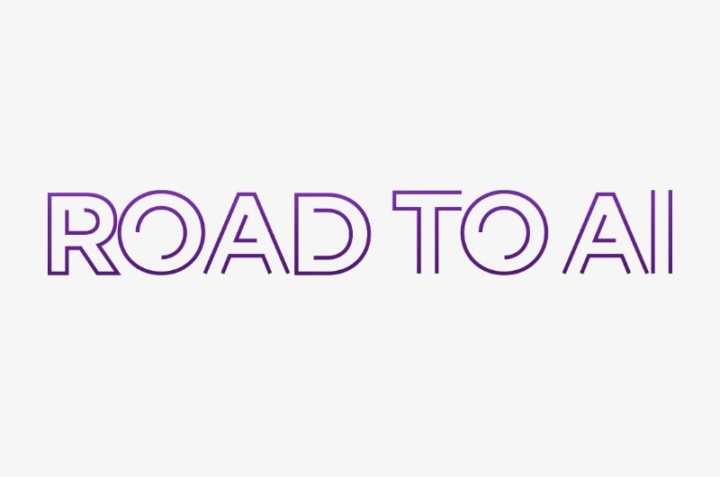For companies, Artificial Intelligence (AI) clears many a pathway to development. This efficient, simple system performs best when implemented correctly. But it requires considerable effort to combine your business, data and IT. Here is our roadmap to AI success.
First step before departure
AI transformation is like planning a trip somewhere. Naturally, you start with your intended destination, i.e., each business’ intended expertise. What ways of working need changing? And for what purpose? To ensure faster, more reliable and more efficient handling of arduous, monotonous or even complex tasks? Your journey only begins once you fully identify your business needs.
With your strategic direction mapped out, as for any IT system, you must consider types of available data before selecting those most relevant to run your infrastructure to perfection. Think of it like packing a suitcase for a particular destination.
Putting efficiency first
Continuing the travel metaphor, next, you require the best transportation. Were trains ever really needed to navigate entire streets?! Granted, ChatGPT is impressive (and a crazy fad, at that!), but this global cloud solution will not always fulfill your business expectations. In some cases, a simple logic tree may do just the trick! Alternatively, you may need a custom-made model.
Bottomline: AI is never one-size-fits-all. ChatGPT and other Large Language Models (LLMs) may be all the rage, but the truth is that these latest forms of generative AI simply serve to bolster an extensive portfolio of mathematical, statistical and computational models in operation since the 1950s.
In other words, companies can reach their destination via multiple routes. The right solution is found when you harmonize your business with expert-driven AI. Of course, the trap is to over-complicate matters that are simple. Not only is this literally costly; it may also cost performance, not to mention the environment. In all respects, efficiency is the name of the game.
Building the IT ecosystem
With your solution decided, be aware of several key factors. First, give AI examples to work with. In the past, AI was perfected using vast data streams. Nowadays, that’s not necessary. But never overlook this vital stage, and be explicit about your business needs.
Data handling is also critical. Always practice the principle of ‘Garbage in, garbage out.’ Crucially, you need quality input data to produce meaningful output data that meets the needs of your intended systems (e.g., Customer Relationship Management, Enterprise Resource Planning) as well as an Application Programming Interface (API) to enable cross-communication of such data.
The success of AI depends on an open-source environment, as part of a company-wide ecosystem requiring an end-to-end model. The latter must run in an application designed for a specific process or business, with a focus on industrializing your operations – a difficult albeit essential stage. Otherwise, your AI journey comes to a halt!
Continuously improving algorithms
You now need to fine-tune your model. Achieve the right balance between the time it takes to optimize algorithm parameters and to actually improve performance. Starting from scratch, the key is for companies to implement processes with up to 80% task completion, for instance, rather than focus on the finer details (e.g., 80% to 81%). You will gain those smaller margins at a later stage.
When it comes to AI, the simpler the model, the better. You want a model that seamlessly operates and integrates within your ecosystem, based on gradual agile fine-tuning, continuous improvement and user feedback.
In practice, AI is not designed to replace a fully-fledged ERP; rather, to support and enhance certain features. Each component will develop at its own pace and intelligence to power a super-optimized system.
Fostering collaboration
The resulting system requires maintenance, so that the algorithm produces consistently impactful results. This involves monitoring user satisfaction and posting input alerts to identify the potential need for external support such as more specialized supervision, training and updates. You must also keep an eye on technological developments in an effort to uncover the latest tool that might just deliver the much-touted quantum leap every company so desires.
Ultimately, the roots of AI are human. It’s essentially about people developing, deploying and maintaining increasingly smart systems to address specific business needs through data and IT. In the case of AI, failure to foster collaboration between your business, data and IT will always prove unsuccessful. What’s more, it goes without saying that two ChatGPTs talking to each other will not single-handedly direct companies to their exact intended destination.
Poursuivons l'exploration :
Posez vos questions à nos experts Data & IA et découvrez comment nous pouvons vous aider à tirer pleinement parti du potentiel de l’IA pour votre organisation.
Au travers de notre série d’articles “Road to AI”, explorez les multiples facettes de l’Intelligence Artificielle et libérez tout son potentiel pour votre entreprise.





